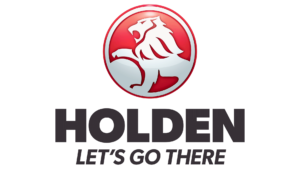
Raptor offers a range of Holden supercharger kits in partial form and in full form
VN – VR V6 3800 – partial kit
VS V6 Ecotec – complete kit
VT – VY Ecotec V6 – complete kit
VZ Alloytec 2005 only – Complete intercooled kit
VN – VS Series 2 304 V8 – partial kits with supercharger options
LS1 V8 5.7 kit for VT – VY – partial and complete non intercooled kits
SPECIAL NOTE:
VS 304 V8 series 3 and VT 304 V8 series one – need the front of the motor converted to VS series to pulleys, brackets, alternator etc – then the VN – VN304 kit can be bolted on
NO kits for VE or VF V8 – none at all, due to the engine being placed too far back in the chassis of the vehicles, this prevents fitment of the type of sidemount we offer